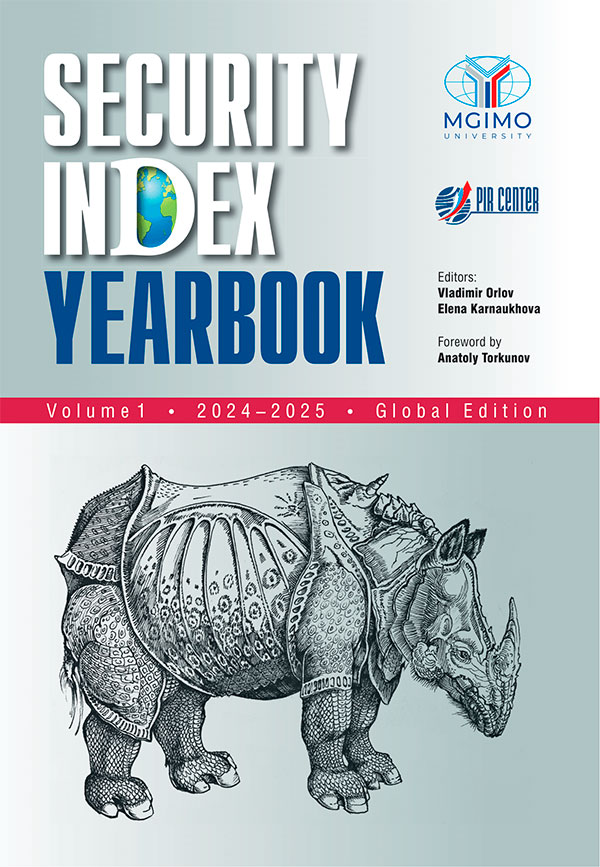The ICE alliance has more geopolitical and geostrategic rationale than economic
On July 11, 2024, on the margins of the NATO Summit in Washington, the US, Canada and Finland announced a new trilateral consortium—the Icebreaker Collaboration Effort, or ICE Pact—with an explicit intention to challenge Russia and China in icebreaker construction and deployment. It is expected that by the end of 2024 the three nations will turn ICE into a detailed business plan with financial projections, binding commitments and specific deadlines. The pact aims to produce a fleet ...
... extra-regional actors are already present in the Arctic, with China as a key player among them. Several Canadian analysts believe that Chinese initiatives should be welcomed, but they should be treated with caution.
Common Interests and Risks for Russia and Canada
Countries in East Asia — China, Japan, South Korea — are interested in revising the legal status of the Arctic. They advocate
greater transparency
in the region, support the idea of loosening Russian and Canadian control over the Northern Sea Route and the Northwest Passage,...
... able to join the Arctic Council as a member (which is unlikely), it is doomed to play a secondary role in the Arctic.
China started investing large amounts of money in the Arctic and is ready to cooperate on the existing investment projects with Canada, Iceland and Russia. Since 1999 China has carried out five research expeditions, last one taking place in summer 2012. China bought its first icebreaker research vessel “Snow Dragon“ in 1994, when it didn’t have any plans for the Arctic, and is planning to add another ...



